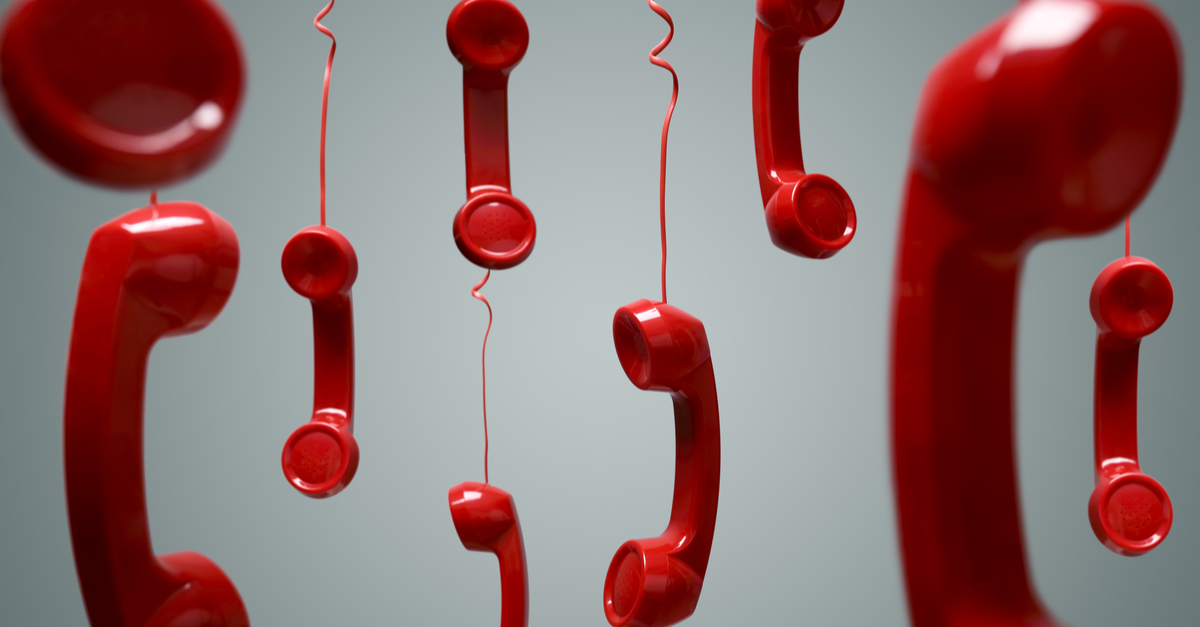Depending on the number of agents you employ, the size of your campaign and the target markets, there are likely hundreds of calls happening every day. It is impossible for supervisors to monitor this many calls in real time but knowing what is going on during these calls can provide information that may prove crucial to strengthening your campaign in the long run. The solution: Keeping a lengthy call history (assuming that permission to record is obtained with each call) so that supervisors can go back and mine past calls for helpful data. This can be helpful in a number of ways, including:
- It helps you make call timing and frequency adjustments. Maintaining a robust call history in CallShaper allows you to search your call history by number and campaign. If your campaign is not performing as well as you expected it to, you can use the call history to see how frequently certain numbers are being dialed and the time of day at which those calls are being placed and adjust those things as needed in order to increase the campaign’s likelihood of success.
- It helps you monitor and evaluate agent performance. Having a library of call recordings means that you can listen in on calls after the fact and use CallShaper’s quality assurance mechanisms to evaluate how well your agents are performing based on the training they receive and the benchmarks they are supposed to hit on each call.
- It helps you maintain compliance. If your company is ever questioned or charged on grounds of non-compliance, having a lengthy call history can be a boon. If there are specific calls or time periods in question you can go back to your call history log or bring up recordings of those calls to prove that you were in compliance. A library of recordings provides the paper trail needed to make sure that you are following all the rules you need to be following.
To learn more about the tools CallShaper offers that can help you shore up your campaign, request more information today.


Leave A Comment